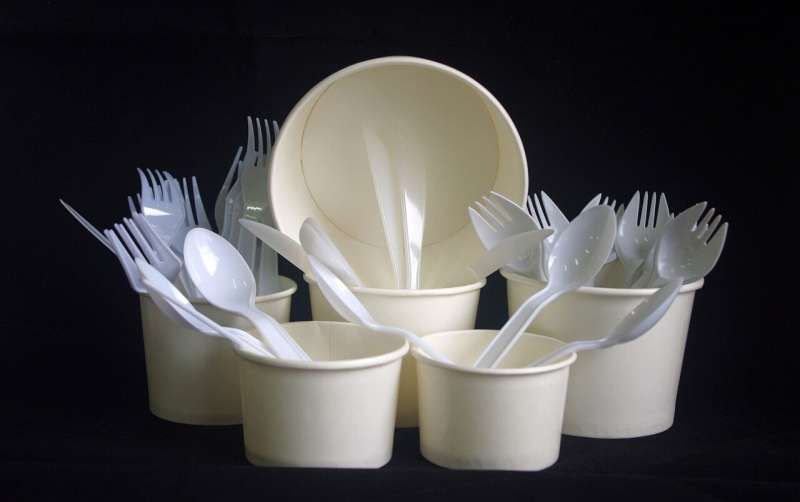This article has been reviewed according to Science X's editorial process and policies. Editors have highlighted the following attributes while ensuring the content's credibility:
fact-checked
trusted source
proofread
Chew on that: Study examines the potential of edible cutlery

Plastic waste is an increasing problem the world over, with food packaging and single-use items such as plastic knives and forks representing a significant component of the waste stream. There have been efforts to replace disposable cutlery with implements crafted from wood or bamboo, but work in the International Journal of Mathematical Modelling and Numerical Optimisation has looked at a radical alternative—edible cutlery.
P. Vignesh and S. Srinivasan of the Institute of Science and Technology in Chennai, and S. Maragatha Sundari and S. Kishore Eswar of Kalasalingam University in Krishnankovil, both in Tamilnadu, India, explain that creating edible cutlery from millet is one possibility. However, as they explain the production of such items from this unusual source material requires a lengthy step-by-step process.
As mathematicians, the researchers recognized that such step-by-step processes lend themselves to being defined by a scientific queuing model that can be solved using supplementary variable queuing technology. They have thus developed a conceptual approach to queue theory that might be implemented in the creation of edible cutley and is displayed through a numerical and complex visual analysis.
Millet is a nutritious, gluten-free, and easily cultivable crop that is widely grown in many parts of the world, particularly in Africa and Asia. It is a general term for are small-grained, annual, warm-weather cereals in the grass family of crops. These plants are fast-growing and highly drought-tolerant. They could therefore be useful as a sustainable and accessible source material in the developing world.
If such edible cutlery were to become a sustainable alternative to plastic or wooden products, then there is a cradle-to-grave assessment to be made of energy and resource costs as well as a need for health and safety considerations. The team has surveyed potential users and found the concept largely acceptable. All that said, chewing and swallowing a millet knife and fork at the end of one's meal may not be to everyone's taste.
More information: Vignesh Perumal et al, An Investigation on MX/G/1 Queuing Model of Interrupted Services in the Manufacturing of Edible Cutlery Process, International Journal of Mathematical Modelling and Numerical Optimisation (2022). DOI: 10.1504/IJMMNO.2023.10050913
















